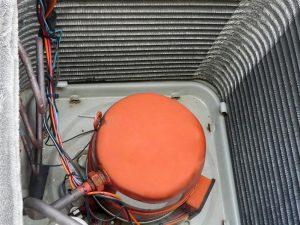 Furnaces are the top type of heating system in the country. The majority of furnaces use natural gas to create heat, although they draw on electricity to power the blower fan and the ignition system. (Which means that, sorry, your gas furnace won’t work during a power outage.)
Furnaces are the top type of heating system in the country. The majority of furnaces use natural gas to create heat, although they draw on electricity to power the blower fan and the ignition system. (Which means that, sorry, your gas furnace won’t work during a power outage.)
Since not all homes are connected to a gas main, the second most common type of furnace is the electric furnace. Because electricity costs more than natural gas, electric furnaces are more expensive to run. This is somewhat offset by their lower initial installation costs, longer lifespans, and fewer repair needs.

 Last winter we posted some steps to take to make sure your
Last winter we posted some steps to take to make sure your 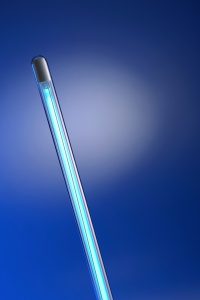 Winter can be festive and beautiful. It can also be aggravating, uncomfortable, and filled with flus and colds. There are ways you can prepare to keep sickness away from your household during the coming flu season, such as arranging to have flu shots. But you may not have considered indoor air quality installations as one of the best weapons against the spread of germs and viruses in your house. The proper installation of air purifiers (as well as air filters) will improve health in your house and alleviate issues for asthma and allergy sufferers. Contact us for an air purifier in Syracuse, IN, and we’ll help you find the right IAQ options for your house.
Winter can be festive and beautiful. It can also be aggravating, uncomfortable, and filled with flus and colds. There are ways you can prepare to keep sickness away from your household during the coming flu season, such as arranging to have flu shots. But you may not have considered indoor air quality installations as one of the best weapons against the spread of germs and viruses in your house. The proper installation of air purifiers (as well as air filters) will improve health in your house and alleviate issues for asthma and allergy sufferers. Contact us for an air purifier in Syracuse, IN, and we’ll help you find the right IAQ options for your house. 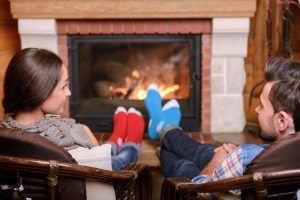 The fireplace is the oldest type of heating system that’s still in use. Fireplaces developed in the Middle Ages inside drafty castles because they allowed for the better direction of heat than the large central fires that buildings once used. The fireplace also created radiant heat of the bricks and stones around them, adding further warmth to a space.
The fireplace is the oldest type of heating system that’s still in use. Fireplaces developed in the Middle Ages inside drafty castles because they allowed for the better direction of heat than the large central fires that buildings once used. The fireplace also created radiant heat of the bricks and stones around them, adding further warmth to a space.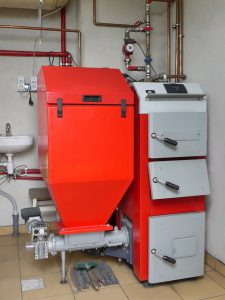 The majority of homes in the U.S. have
The majority of homes in the U.S. have 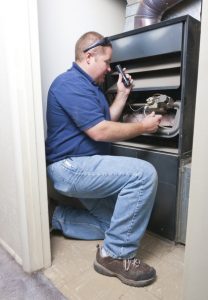 The October cool is in the air, and you’ve probably already had your home’s heating system on a few times during the evening. It will start working more and more in the following weeks, so before you read any further, schedule regular heating maintenance with our team
The October cool is in the air, and you’ve probably already had your home’s heating system on a few times during the evening. It will start working more and more in the following weeks, so before you read any further, schedule regular heating maintenance with our team 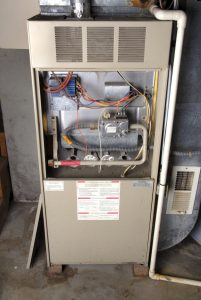 Fall is a slower time of the year when it comes to HVAC work because the hot weather subsides, taking the pressure off air conditioners, but the true cold weather hasn’t set in yet, keeping furnaces and other heating systems inactive. But there’s an important HVAC job that needs to be done at this time of year, which is regular professional maintenance for a home’s heating system.
Fall is a slower time of the year when it comes to HVAC work because the hot weather subsides, taking the pressure off air conditioners, but the true cold weather hasn’t set in yet, keeping furnaces and other heating systems inactive. But there’s an important HVAC job that needs to be done at this time of year, which is regular professional maintenance for a home’s heating system.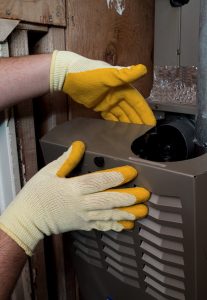 As we’re writing this, it’s only a few days until the first official day of fall. Of course, temperatures don’t immediately drop on the first day of fall, and there may still be warm days ahead. But fall is definitely the time to start planning the transition into the season when you’ll need your furnace, boiler, heat pump, or radiant heating system working on a regular basis. And that means that it’s once more time for a routine inspection and maintenance tune-up for your home’s heating system.
As we’re writing this, it’s only a few days until the first official day of fall. Of course, temperatures don’t immediately drop on the first day of fall, and there may still be warm days ahead. But fall is definitely the time to start planning the transition into the season when you’ll need your furnace, boiler, heat pump, or radiant heating system working on a regular basis. And that means that it’s once more time for a routine inspection and maintenance tune-up for your home’s heating system.